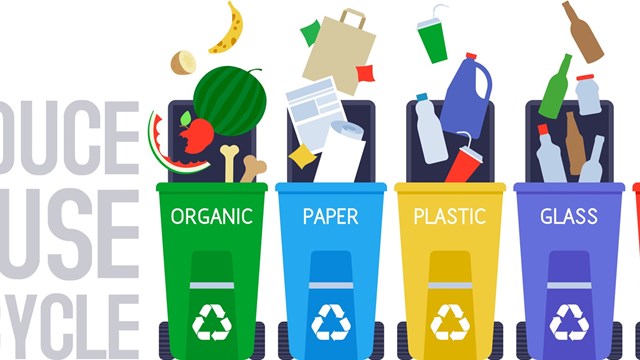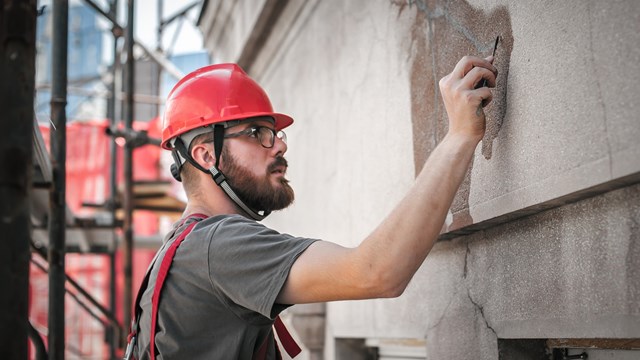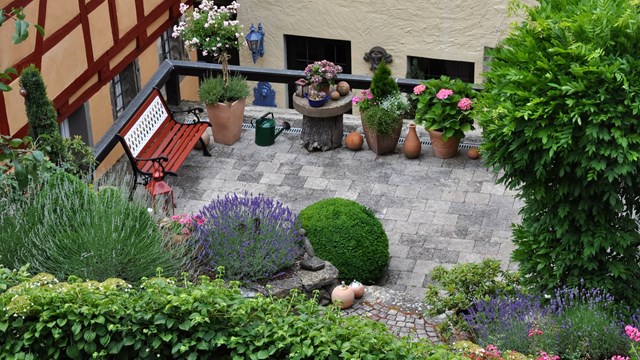
Given the growing interest in green building practices and energy conservation, homeowners everywhere, including in condominiums, are faced with many questions and challenges. As with most new technologies, we need to know which technologies are best and most appropriate, when the options become financially worthwhile, and when is the right time to jump into the green pool.
In an effort to stay at the leading edge of the market and to answer the growing number of questions we are fielding, I have tried to stay educated on the options. Below is the second of a two-part article answering several recent inquiries regarding environmentally friendly choices for building construction and maintenance. I welcome additional questions or comments.
Q. With the ever-increasing costs of fossil fuels and products made with those petroleum products, are there opportunities for condominiums to utilize alternative building materials?
A. Asphalt roof shingles and vinyl siding/PVC trim are in the category of products with primary ingredients from fossil fuels. Roofs. Alternative roofing materials such as slate, rubber/composite slate, and metal roofing materials are viable alternatives to asphalt shingles. Their price points are much higher than asphalt, but they last longer, so they are worth considering. For properties with flat roofs, worth considering are "green roofs"-—roofs topped with a layer of soil and plants. The use of these products should be evaluated well in advance of your next capital improvement project to determine whether or not they are right for your condominium. A qualified professional should assess the costs and benefits. If a green roof is being contemplated, for example, a structural analysis of the roof is required, since this type of roof adds significant weight to the structure. Siding and Trim. What is "green"? This is not a trivial question. A Harvard study indicates that ethanol might actually have an adverse ecological impact. Is PVC trim green because it saves trees and decreases maintenance or does the reliance on fossil fuels to make PVC mean that it is doing more harm than good? This discussion is becoming more relevant as the highest quality lumber (i.e., Clear Vertical Grain cedar) is becoming increasingly scarce and costly. Are recycled products—composite decking for example—environmentally and financially beneficial? For the record, I believe that ethanol is not necessarily the answer, while PVC trim and composite decking are big steps in the right direction. While vinyl and PVC utilize fossil fuels, they are saving trees and significantly reducing the amount of maintenance required to keep those decks and trim fresh.
Q. Are there some short-term tips to cut the amount of energy we use at our condominium?
A. There are at least three "low-hanging fruit" opportunities for energy savings:
The replacement of old windows and doors, which dramatically improves energy efficiency.
Energy audits, which include property surveys to determine conservation opportunities. Check with Energy Star or your local energy provider for more information. Energy Star draws on sophisticated equipment to perform a comprehensive analysis.
Replace older appliances with Energy Star-rated appliances. Energy-efficient appliances can decrease energy consumption in homes by a whopping 40 percent!
Q. Many industry leaders are advocating for green building and awareness at every possible opportunity. Do you have any thoughts on utilizing low-VOC interior paints
A. This is an appropriate closing question. The answer touches on many of the ideas I cited above. I have first-hand knowledge of this topic and can trace a 20-year pattern of technological improvement. This same pattern is likely to play out in the evolution of other construction products.
Similar to the green building push, there has been a constant and growing desire to decrease Volatile Organic Compounds (VOC's) in coatings. In the 1970s, the VOCs in oil-based or alkyd coatings was determined to be dangerous to the environment. To solve the problem, vital components were gradually legislated out of the paint cans, and "latex" or water-borne products became a priority for development. Progress was slow and through the late 1980s, most contractors were justifiably wary of the new latex paint products.
Research and development with low-VOC products plowed ahead, however, as the VOC requirements became more stringent. The investment has paid off, and the alkyd coatings of today are not the same product that existed 20 or 30 years ago. In most instances the water-borne coatings (usually called "Acrylic") are superior in performance, and are often sold at a lower price point. With few exceptions and irrespective of being green, your painting contractor should be promoting the environmentally friendly, low VOC coatings. I hope that the advances in green building technologies occur faster than they did in the paint industry.






Leave a Comment